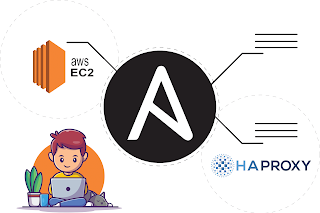GOLANG

The Golang programming language was built to fill in the gaps of C++ and Java that Google came across while working with its servers and distributed systems. Top reasons you should learn Go Lang programming Go Programming Language has First-class functions Go language has a Built-in garbage collection Golang has Simple scoping rules Go Programming Language has Focused vocabulary Go has goroutines It handles errors and bugs at the compile time which makes developers so comfortable using this language. It is compiled and statically typed programming language developed by Google. Statically typed means variable types are checked before by the compiler so type errors are picked up earlier. It's also strongly typed language which means variable type cannot be changed after it is declared. useful for writing lightweight microservices . Pointers : It allows the programmers to directly interact with the memory allocation of different variables. And with the use of poin...


